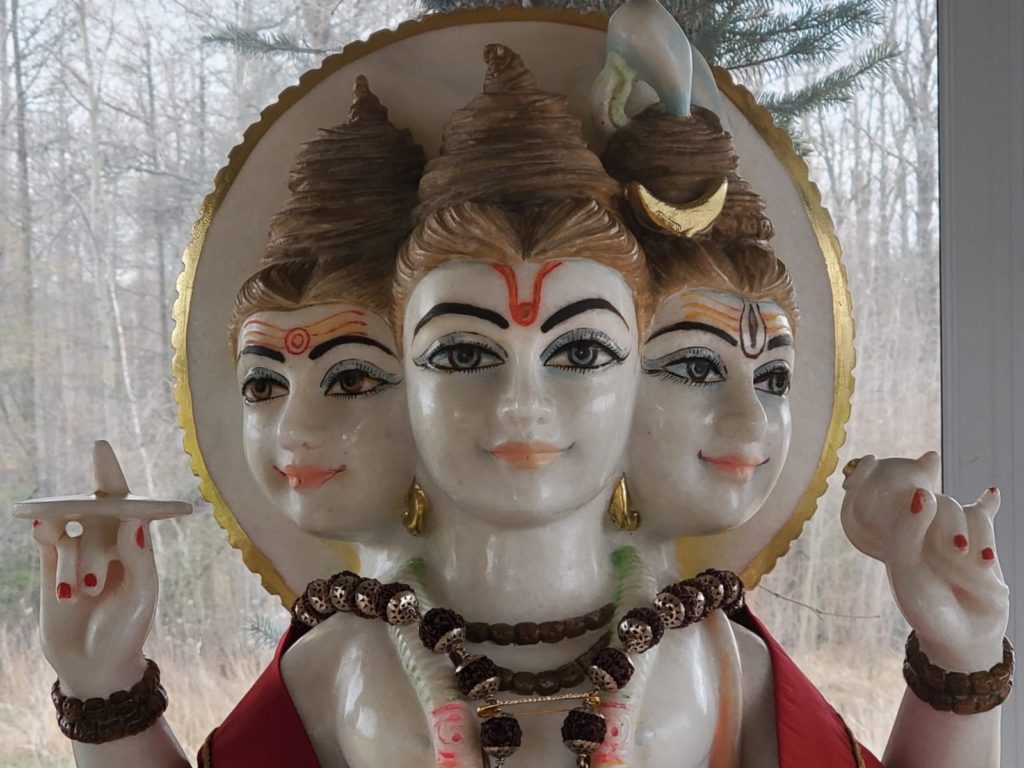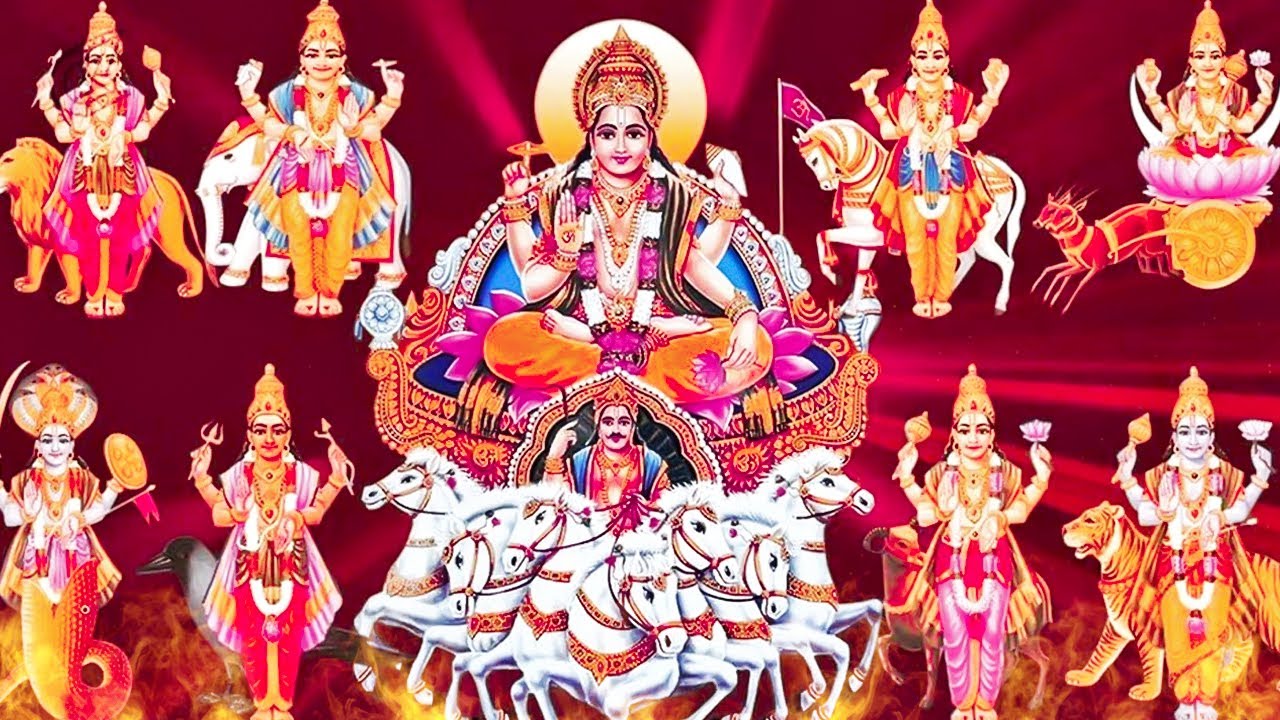Dattatreya is a revered figure in Hinduism, embodying the essence of the divine guru. As a synthesis of the three principal deities—Brahma, Vishnu, and Shiva—Dattatreya represents the ultimate knowledge and wisdom that a true guru imparts to his followers. His multifaceted nature symbolizes the unity of creation, preservation, and destruction, essential aspects of the Hindu cosmic cycle.
In Hindu belief, a guru plays a pivotal role in spiritual growth and enlightenment. The concept of a guru is deeply rooted in the Vedas and Upanishads, emphasizing the importance of a spiritual teacher in guiding disciples along the path of dharma (righteousness). Dattatreya, as a guru, embodies these teachings, offering insights into life’s complexities through his divine nature.
The iconography of Dattatreya often includes him depicted with three heads, representing Brahma (the creator), Vishnu (the preserver), and Shiva (the destroyer). This visual representation underlines his role as a composite of the supreme spiritual truths of the universe. Additionally, he is often seen with four dogs, symbolizing the four directions and the importance of faithfulness in the pursuit of knowledge.
Devotees of Dattatreya believe that he grants them the wisdom needed to overcome life’s challenges. His teachings emphasize the significance of self-realization and the understanding that the divine exists within all beings. This perspective not only elevates individual souls but fosters a sense of unity among practitioners, transcending barriers of caste, creed, and culture.
In various texts, such as the “Dattatreya Puran,” the life stories of Dattatreya illustrate his profound connection to the world and its challenges. He is often portrayed as a wandering ascetic, sharing his wisdom with those in need. This wandering aspect serves as a reminder that knowledge is not confined to a particular space or time but is instead a universal treasure that anyone can access through earnest seeking.
The worship of Guru Dattatreya has a significant following, particularly in the regions of Maharashtra and Karnataka. Festivals dedicated to him, such as Guru Purnima, are celebrated with great fervor, reflecting the deep respect for the guru-disciple relationship in Hindu culture. Devotees gather, chant his mantras, and engage in prayers to invoke his blessings for spiritual wisdom, guidance, and protection.
Moreover, Dattatreya’s teachings are not limited to the spiritual realm; they encompass practical wisdom for daily living. He stresses detachment from materialism and encourages individuals to pursue selfless actions. This guidance is particularly relevant in today’s fast-paced world, where the pursuit of wealth and success often overshadows the quest for inner peace.
In conclusion, Dattatreya, as the epitome of the Hindu god guru, illustrates the profound relationship between a teacher and his disciples. His life and teachings serve as a beacon for those on the spiritual path, encouraging them to seek knowledge, develop virtues, and embrace the interconnectedness of all life. Through his divine guidance, followers are inspired to awaken their spiritual potential and navigate the complexities of existence with wisdom and grace.


